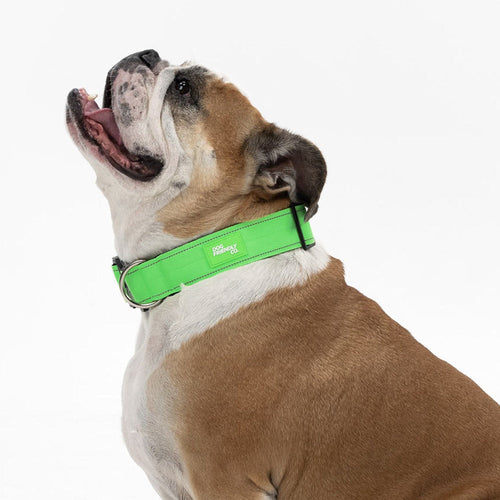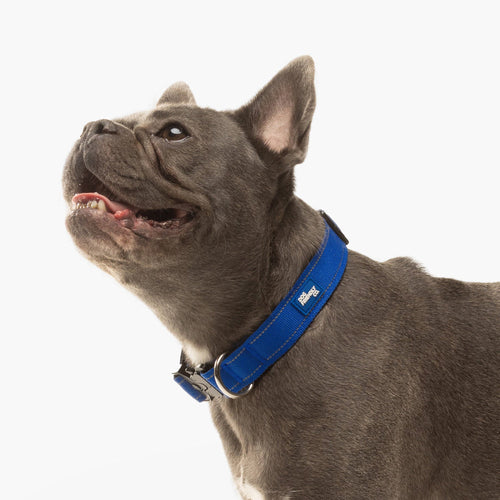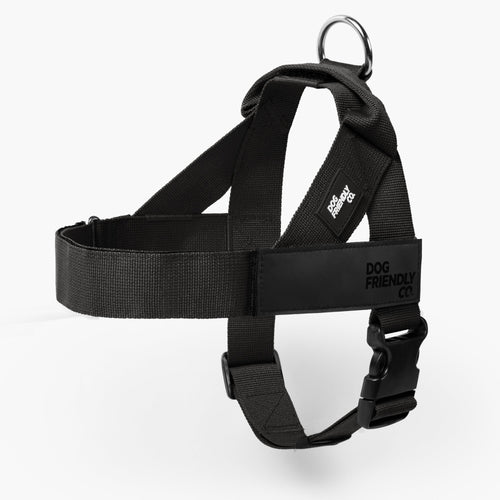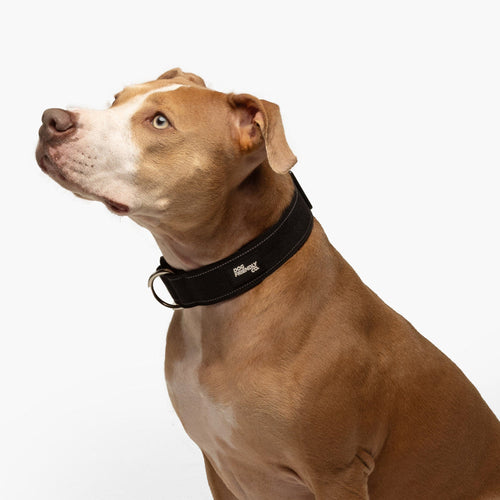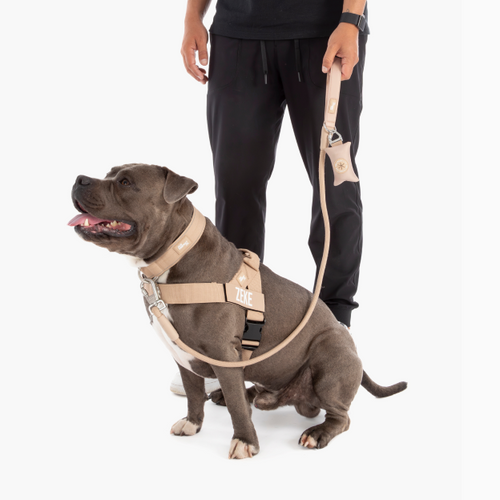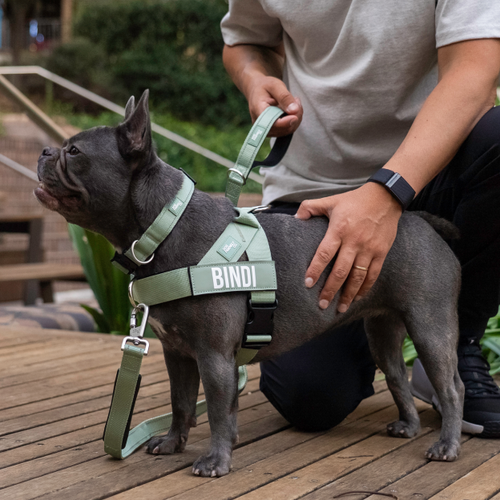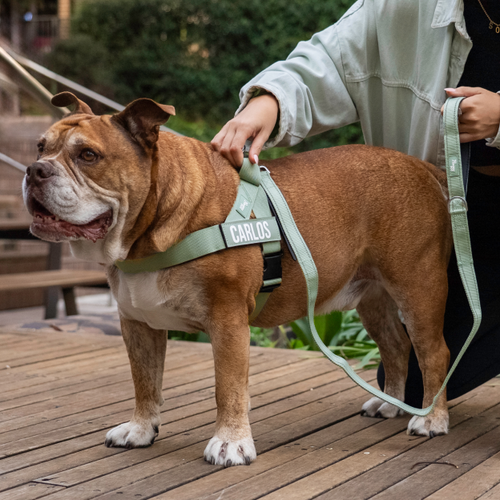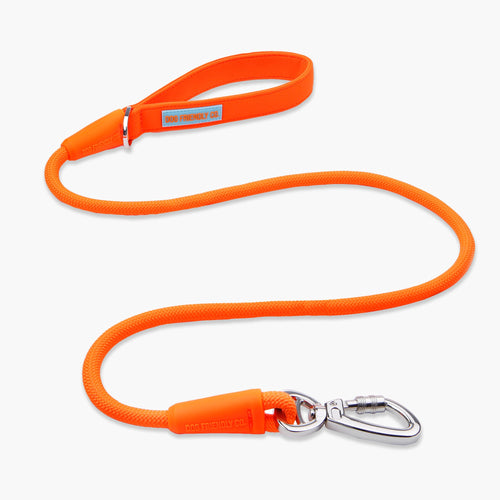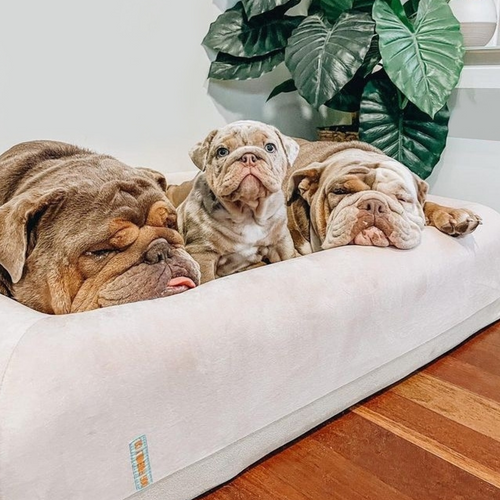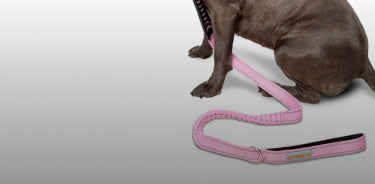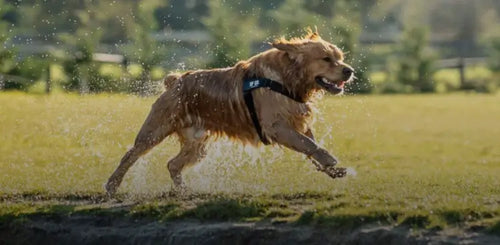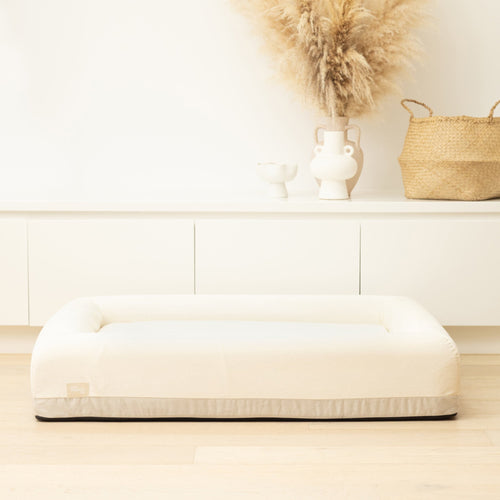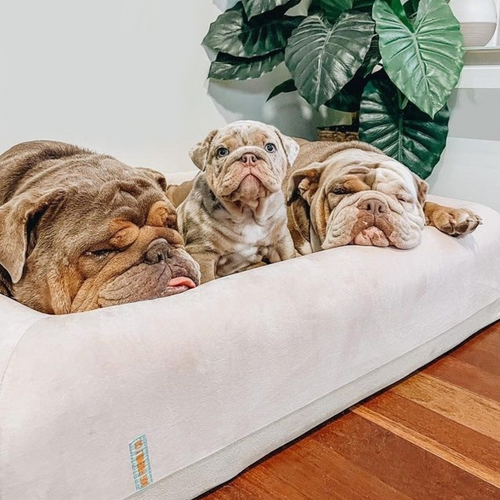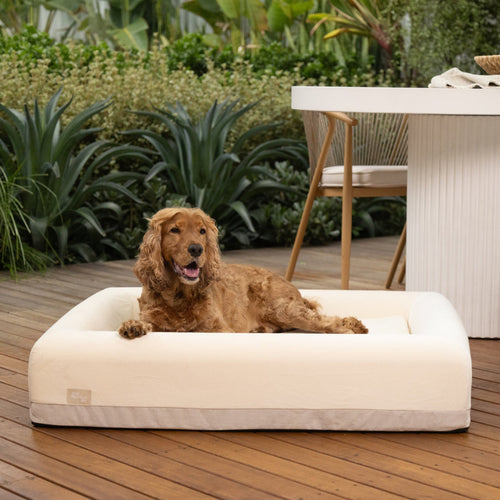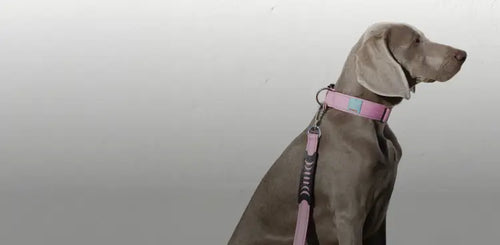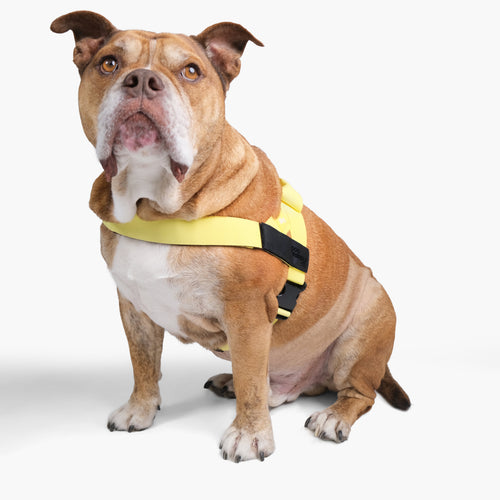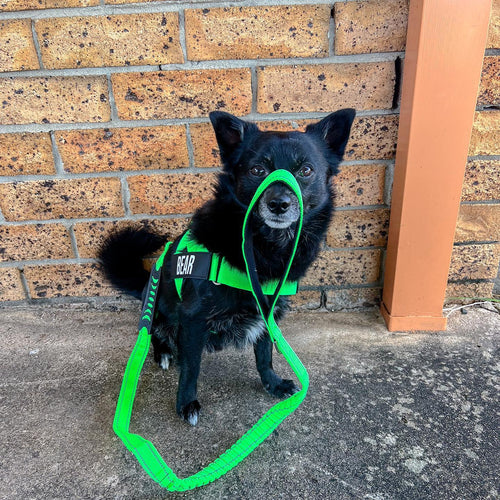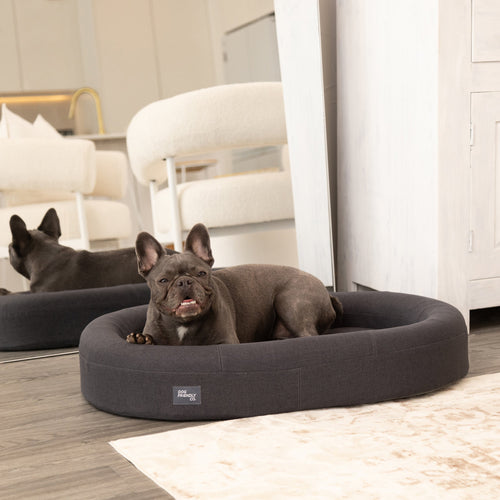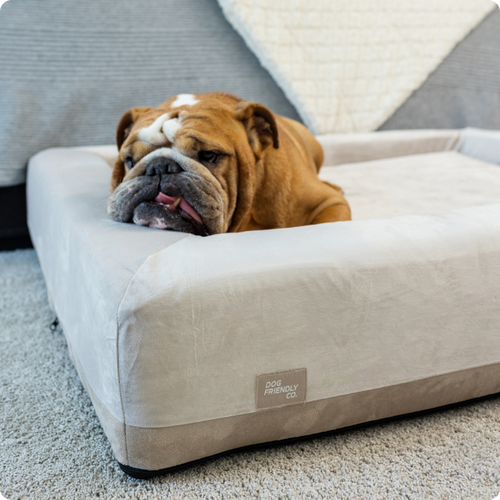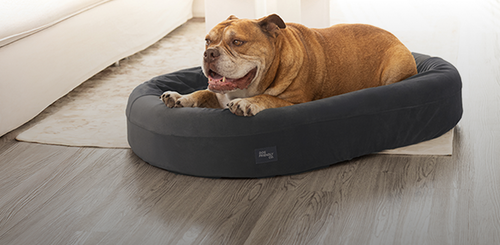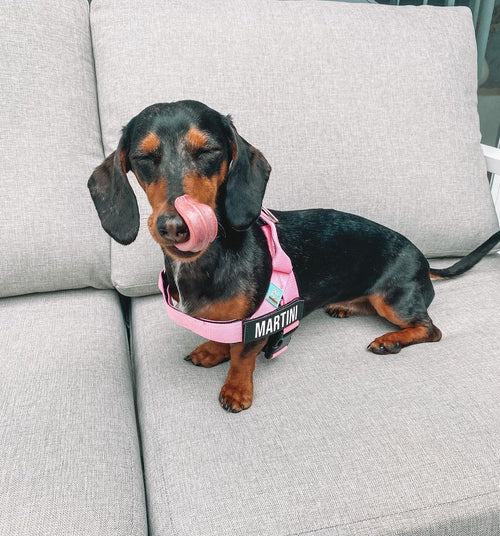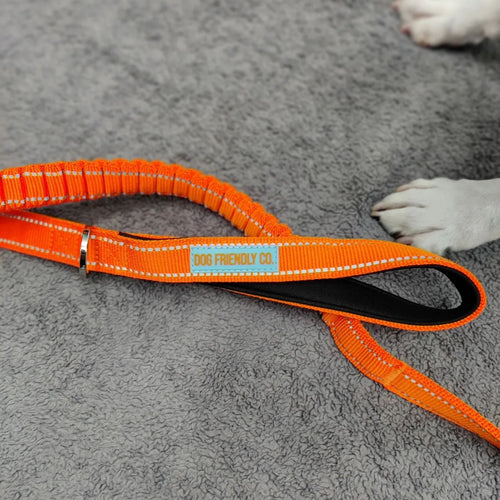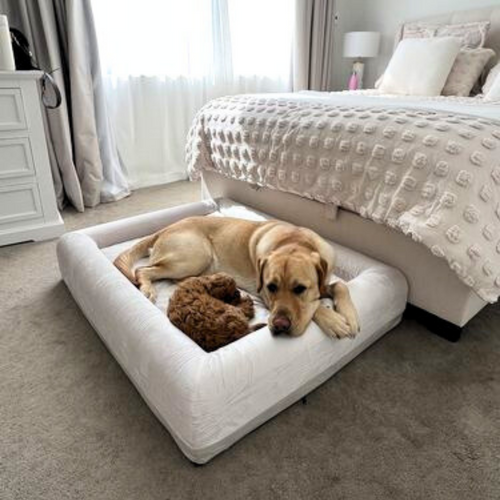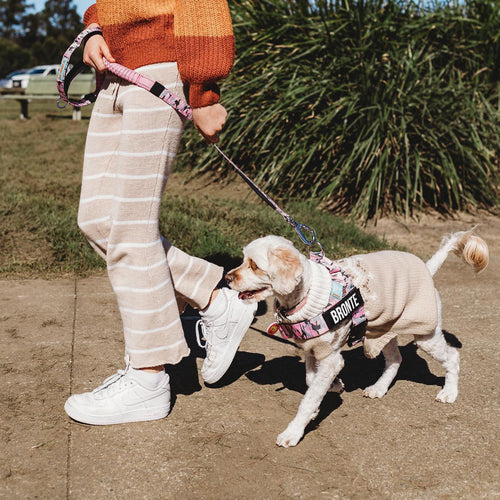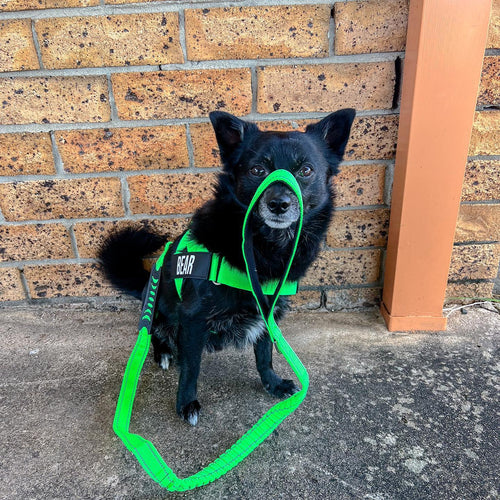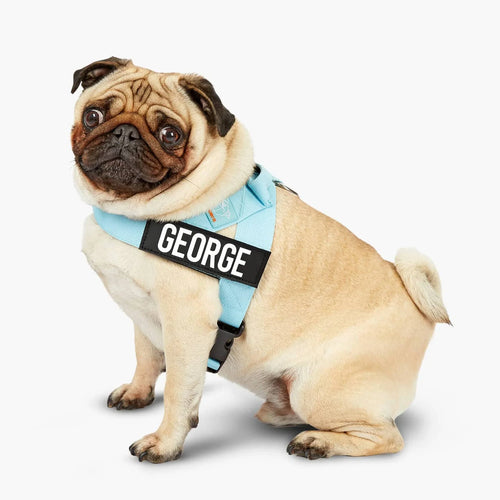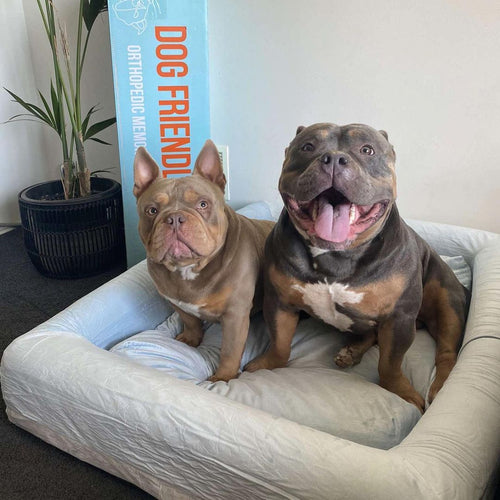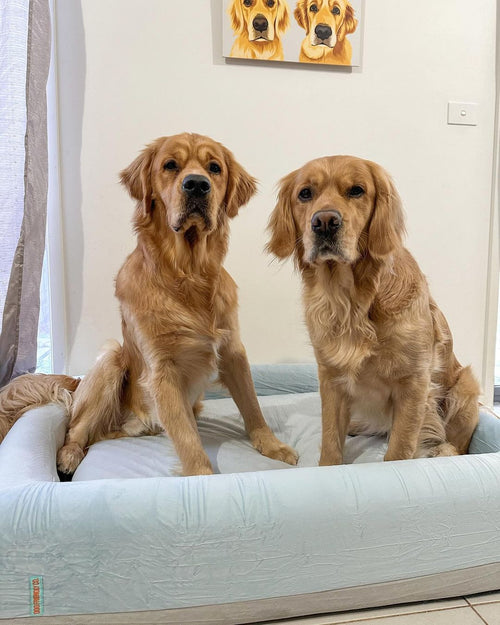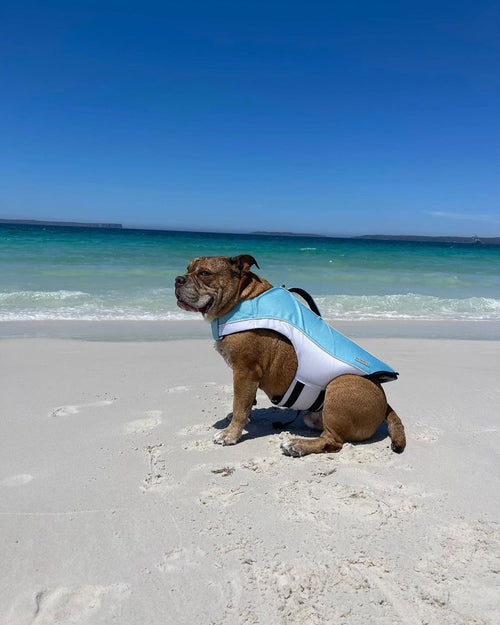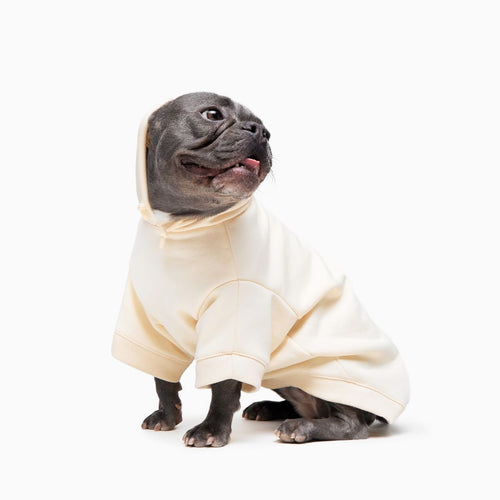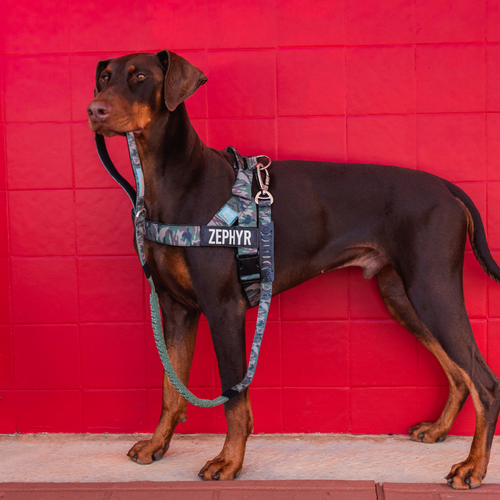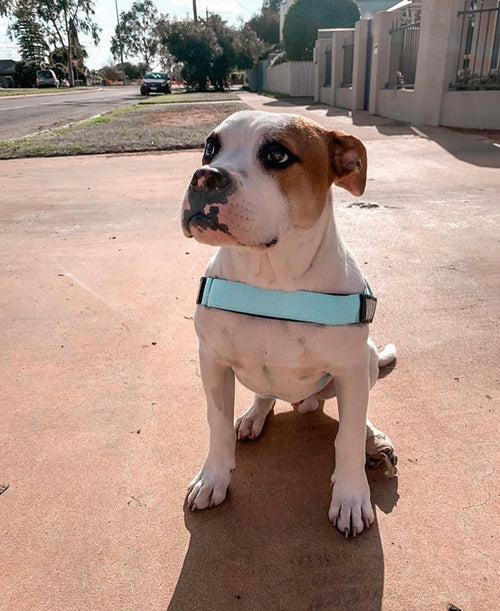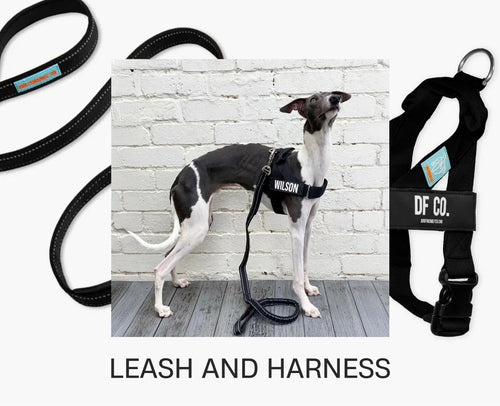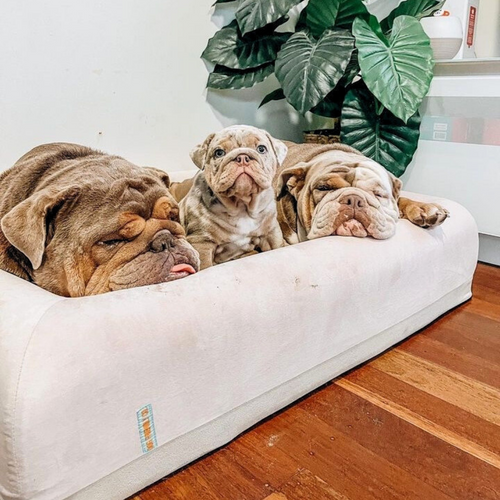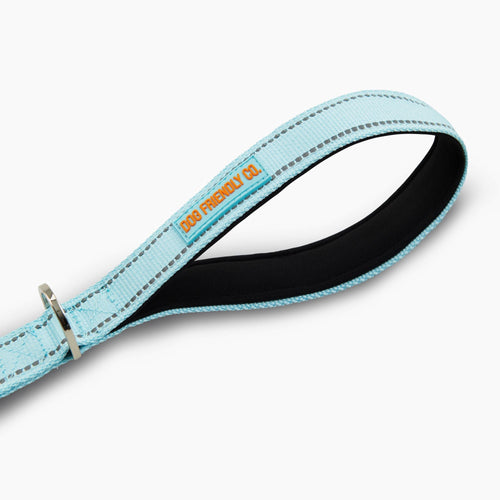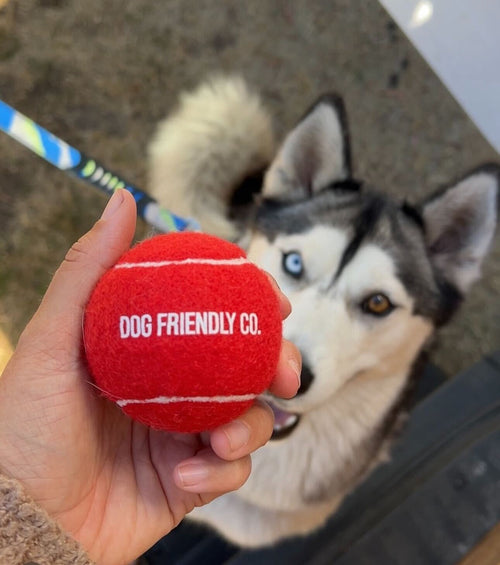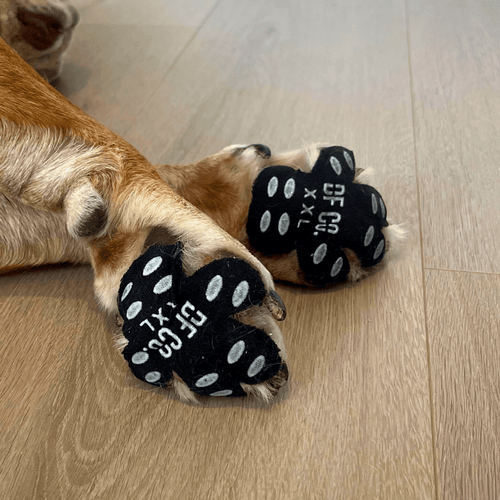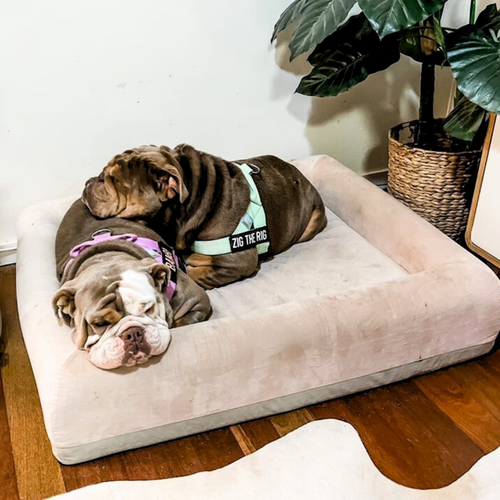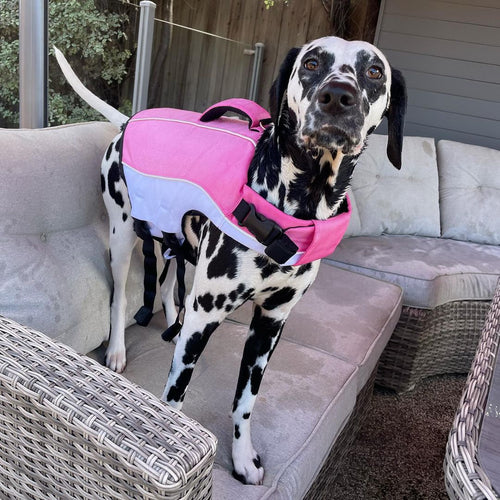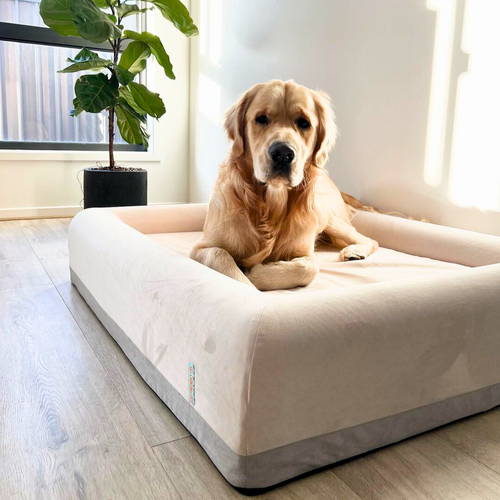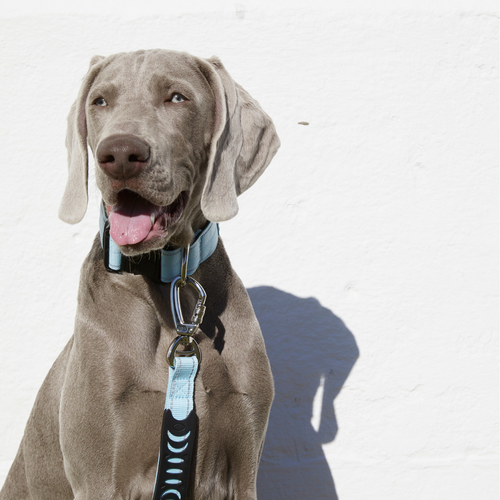Every dog needs a special place to relax in comfort. The problem is dog hygiene is not the best — dogs run through the mud without a second thought and love to roll in smelly things. In addition to keeping up with pet grooming, you need to wash your dog’s bed as part of your regular pet care.
Exactly how often you should wash your dog’s bed depends on how much dirt your dog drags in. However, you should be washing it at least once every two weeks, if not every week. In addition, you should give the bed an extra wash if it starts to smell, you notice stains, or your dog has fleas.
Let’s take a look at how to wash dog beds to see the best results.
1. Vacuum the Bed
Before doing anything else, give your dog bed a vacuum. This will remove fur and dirt that could otherwise clog up your drain. Add an attachment to the hose that allows you to get into the crevices, which is where fur tends to build up the most as well as where flea larvae may be lurking. Use a brush with stiff bristles to work loose any fur that doesn’t come off on its own. If any stray hairs remain, use a lint brush.
Note that we don't recommend washing our orthopedic memory foam dog bed, as the memory foam shouldn't get too dirty anyway given the waterproof lining between the foam and the actual dog bed cover! However, the bed cover itself can be machine washed, (no particular setting—warm or cold machine wash would work.)
2. Remove the Cover
Many dog beds have a removable cover, which makes cleaning them easier and more effective. Dog Friendly Co. has both a velvet bed cover and a plush nap bed cover. If yours are like these, remove the cover — there is likely no need to wash the stuffing. If your dog’s bed doesn’t have a removable cover, choose between spot-cleaning and washing the whole thing depending on how dirty it is.
3. Pre-Treat Stains
If there are any visible stains, pre-treat them before washing the rest of the bed. Make sure you use a pet-safe stain remover, such as the shampoo you use to wash your dog. If you notice that any stubborn stains didn’t come out last time you washed the dog bed, try using a paste made from baking soda and water. Let it sit for a few minutes to do its work before rinsing the mixture off. This is also an effective way to remove odours.
For particularly tough stains (such as from urine or faeces), you may need a more aggressive solution. Enzyme cleaners are ideal because they attach to the organic matter in the stain and break it down. Plus, they don’t contain any harsh chemicals that could irritate your dog’s skin. Follow the instructions on the bottle carefully to see the best results. In addition, don’t use any vinegar on your dog bed, as this may neutralise the enzyme cleaner and prevent it from working.
4. Choose the Right Detergent
You’ll also need to find a pet-friendly laundry detergent that’s free from harsh chemicals and strong scents that could cause irritation. If your dog has allergies, choose the most gentle detergent you can find. You may also like to add some vinegar to the water when rinsing your dog bed, as this will remove any soap residues that remain.
5. Select the Appropriate Washing Method
Check the label on your dog bed to find out if it’s machine washable. If it isn’t, hand-wash it in your bathtub or a basin. You’ll also need to hand-wash your dog bed if it’s too large for your washing machine.
Here are a few more laundry tips:
- If the bed is especially dirty, soak it in water and detergent before washing
- When using a washing machine, take advantage of the pre-wash cycle or wash the dog bed twice
- If you’re hand-washing the dog bed, soak it for half an hour to an hour and agitate it periodically
- Use the highest water temperature to kill the bacteria in your dog bed, unless the washing instructions specifically advise otherwise
- Clean your washing machine after you’ve used it for the dog bed by running it empty with one cup of vinegar — this will remove any dirt that fell off the dog bed in the wash
6. Dry the Dog Bed Thoroughly
To prevent mould and mildew growth, make sure the dog bed is completely dry before returning it to your pet. If the bed is not too large, you may like to use your dryer on a low-heat setting for about 20 minutes. You can use a pet-safe dryer sheet to reduce static and remove any fur that still remains. However, you should never use regular dryer sheets because your dog may be sensitive to the chemicals they contain. Alternatively, air-dry the dog bed outdoors in direct sunlight, turning it regularly to ensure no damp remains.
7. Maintain Your Dog’s Bed Between Cleanings
You’ll make cleaning your dog’s bed easier if you maintain it between washes. There are a few things you should do:
- Vacuum the bed whenever you vacuum your floors
- Put the dog bed outside for an hour or so each week to disinfect it with sunlight
- Wipe the bed down with a cloth dipped in vinegar whenever you don’t have time to give it a proper wash — make sure you allow it to dry fully afterwards
- Remove odours by sprinkling baking soda over the bed, leaving it for a few hours, and then vacuuming it off
- Make sure your dog is clean before he uses the bed, such as by wiping his paws when he comes inside
If your dog bed still looks dirty or smells bad after a wash, it may be time for a new one. We know dogs love their beds, so it may be worth having a second dog bed for your pet to use while you’re washing his other bed or to place in another room to avoid needing to move the dog bed to keep your pet where you are.
If you don’t already have a comfortable dog bed or you need a new one, check out the Sleep Set bundle and the Comfort Pack bundle. Shop now to pick up the perfect dog bed and the other pet accessories your dog needs.

















